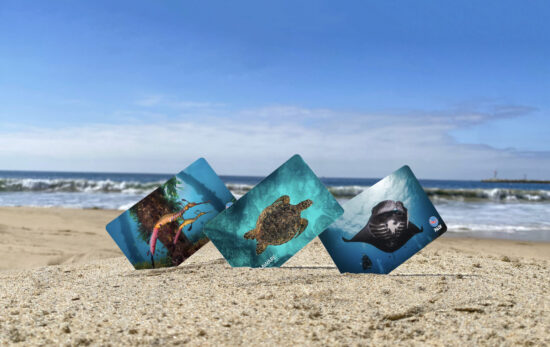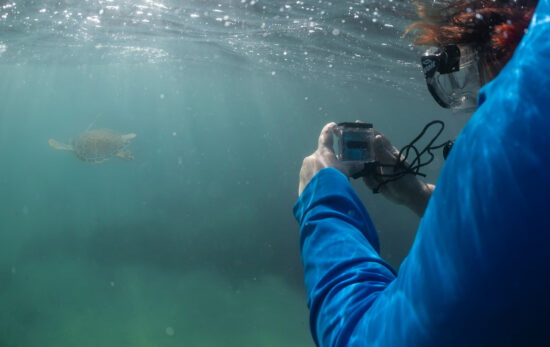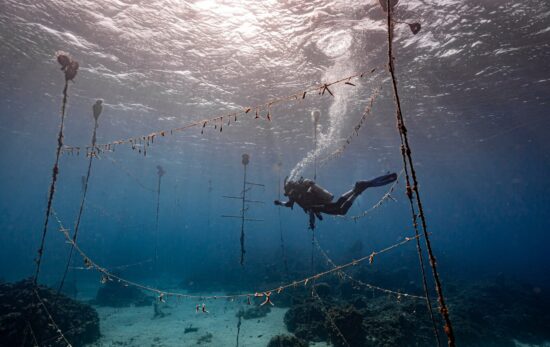In a nutshell: PADI is short for “Professional Association of Diving Instructors”, the largest diving certification agency in the world. In fact, PADI issues more than one million certifications every year, and the organization helps the world to seek adventure and save the ocean through underwater education, life-changing experiences and travel.
What Is PADI?
You’ve probably seen the PADI logo on the front of scuba schools, displayed on diving websites, or printed on clothes and accessories. But what is PADI?
Behind the name, there’s a thick layer of transformative ideas in diving education and ocean conservation.
The Origins of PADI
In 1966, two friends in Illinois, USA decided to create a standardized scuba diving training course to make scuba diving more accessible to the public. This small idea led to a global phenomenon, and PADI became synonymous with The Way the World Learns to Dive®.
Today, PADI is the most trusted scuba training organization, drawing millions of people to the ocean through scuba diving, freediving and mermaid courses as well as marine conservation programs.
The Numbers
- It’s global: PADI operates in 186 countries.
- It’s trusted: In 50+ years of operation, PADI has certified over 30 million people.
- It’s recognized: There are over 6,600 PADI Dive Centers and Resorts worldwide.
- It’s the choice of diving professionals: There are over 128,000 PADI Professional divers around the world who can teach a range of PADI courses.
What Does PADI Stand For?
As mentioned above, PADI literally stands for the “Professional Association of Diving Instructors.” However, the organization is more than its name, and PADI is synonymous adventure and conservation around the world.
PADI represents an international community of divers who share the same thirst for adventure and love for our oceans. It successfully promotes the exploration of the underwater world through a variety of means, listed below.
1. Dive Courses & Certifications
At the heart of PADI are fun and straightforward scuba diving, freediving and mermaid courses and experiences.
These programs range from beginner to professional levels and cover specific skills, knowledge, and training taught to the highest safety standards. From emergency procedures to scuba gear maintenance, underwater hand signals, and environmental awareness, students gain a comprehensive awareness of underwater sports through PADI certification courses.
The first entry-level qualification is the PADI Open Water Diver course, which teaches the ABCs of diving.

Regardless of the level, to be PADI certified means holding a respected and internationally recognized diving certification that doesn’t expire. No matter where you dive, you have lifetime access to the wonderful underwater world and its many, many dive sites.
2. Dive Centers & Resorts
From the Caribbean to the Great Barrier Reef and everywhere in between, you can find a PADI dive shop just about anywhere in the world.
These are places where certified divers can take part in guided dives and see local marine life, enroll in scuba diving courses, and buy or rent scuba gear.
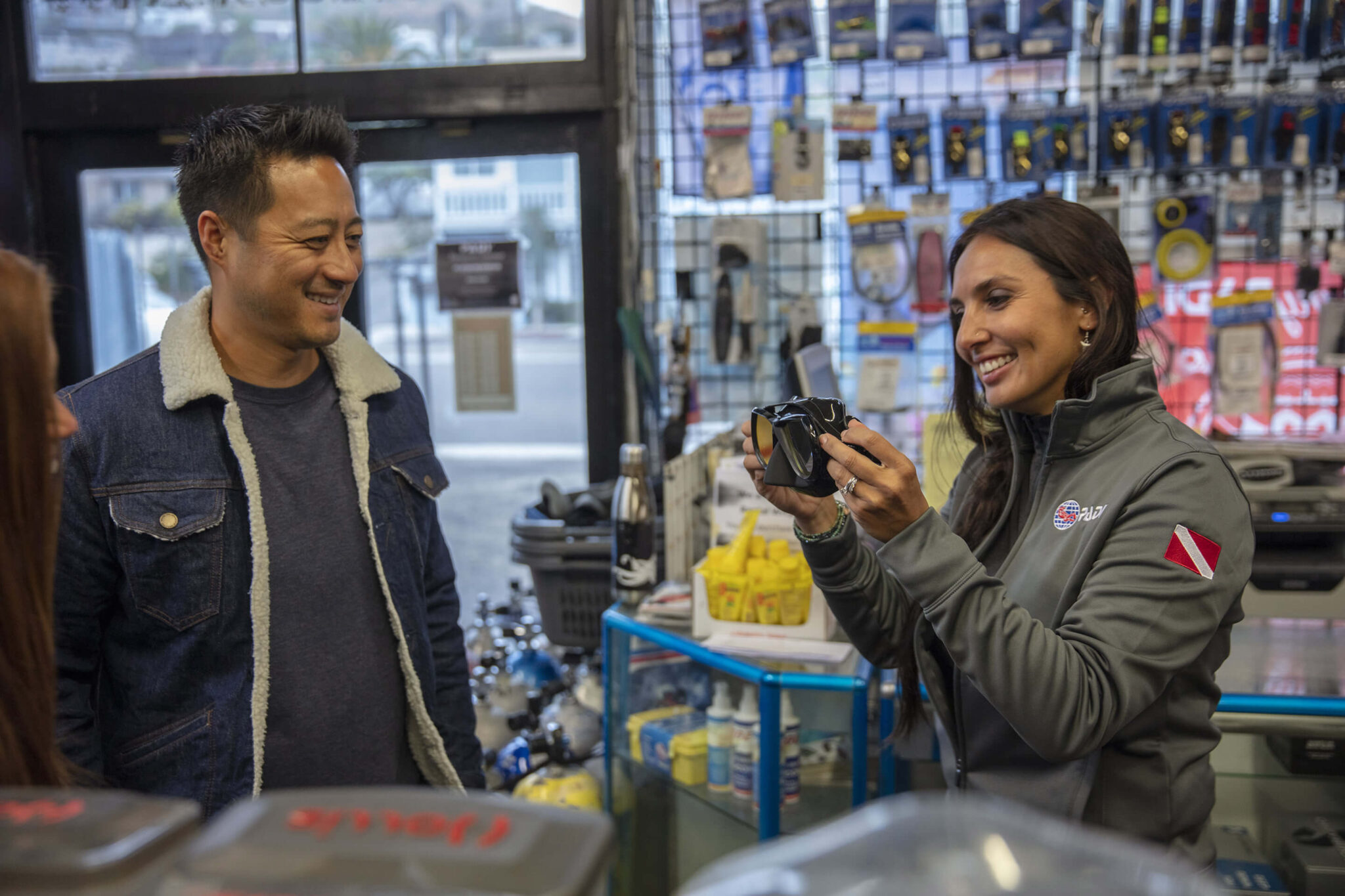
At any PADI Dive Center, you can expect to find fun and professional support and guidance – above and below the surface.
3. The PADI Torchbearer Community & PADI AWARE Foundation
The answer to “What is PADI?” wouldn’t be complete without talking about PADI’s commitment to marine conservation. In fact, PADI is one of the most innovative companies in the Travel, Tourism and Hospitality sector according to Fact Company thanks to its work in saving the ocean. PADI’s purpose is brought forward by the PADI AWARE Foundation, a global, non-profit charity.
Together PADI and PADI AWARE have issued the Blueprint for Ocean Conservation, which invites divers and non-divers to take part in environmental initiatives, such as:
- Protecting endangered species of sharks and rays
- Encouraging divers to Dive Against Debris
- Promoting AWARE Courses
- Launching underwater citizen science programs
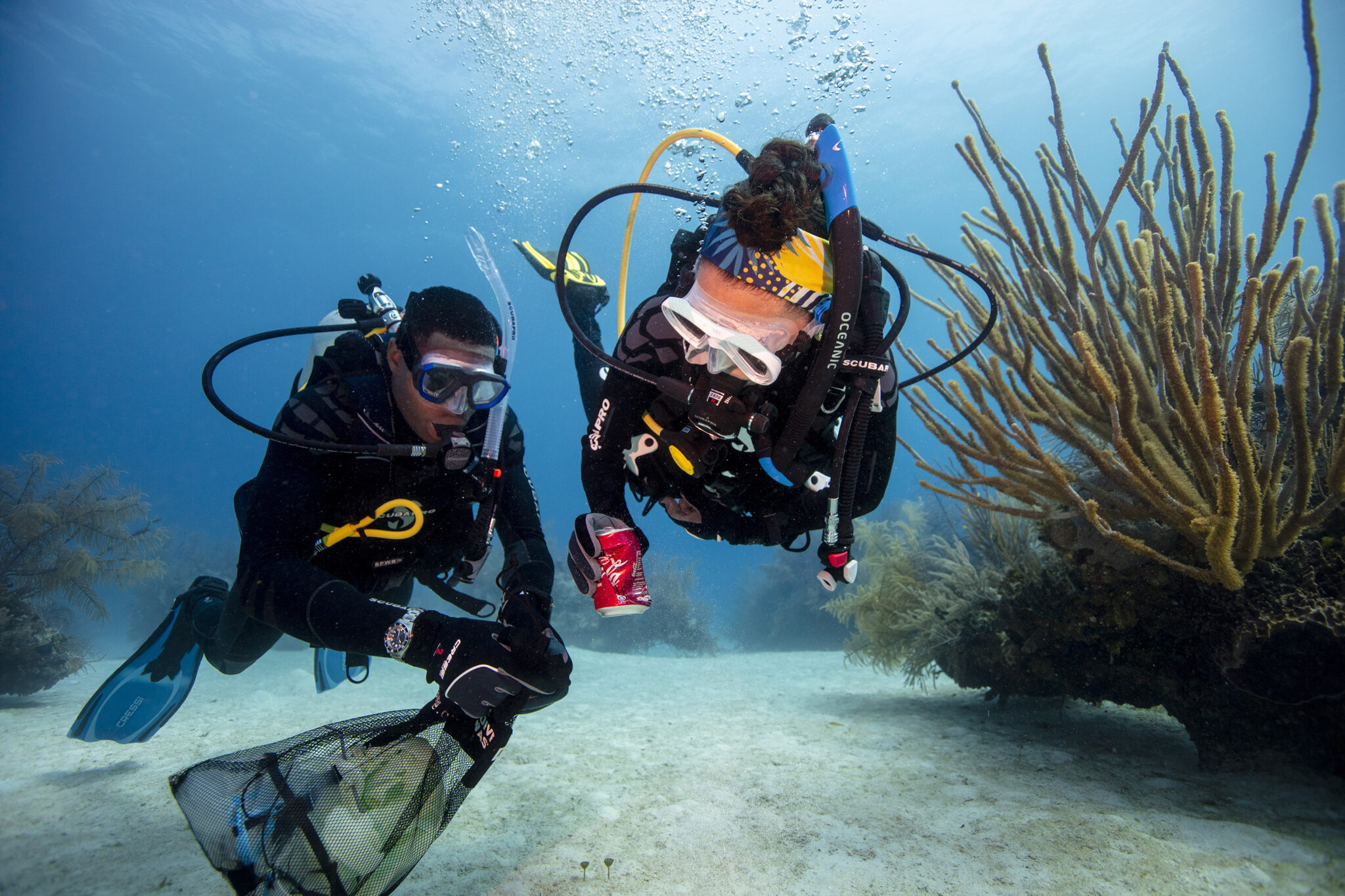
You probably already know how climate change is impacting our oceans, so how about creating a wave of positive change? Become a PADI Torchbearer and join a growing community of individuals around the planet helping to save the ocean.
4. PADI Travel
PADI Travel is a dedicated online travel booking platform for divers. It’s the biggest portal of its kind, with hundreds of dive centers, resorts, and liveaboards all over the world offering an incredible selection of dive holiday packages for every budget.

You can also filter by location to find a scuba school near you for day trips and dive courses (when you’re either at home or on vacation).
When you book with PADI Travel, you get the best price guarantee on all the resorts and liveaboards, not to mention 24/7 customer support and a 48-hour cancellation period.
5. Career Opportunities
PADI also offers professional development opportunities for people who want to make a career in scuba diving, because they love teaching, want to share their love for the ocean, or want to work while traveling.
Whatever the reason, the first step toward becoming a PADI Professional is taking the PADI Divemaster course. With this professional certification, you are qualified to lead dives for certified divers and assist with classes. If you want to take things a step further, with a PADI Instructor certification, you can teach and certify divers in various PADI courses.
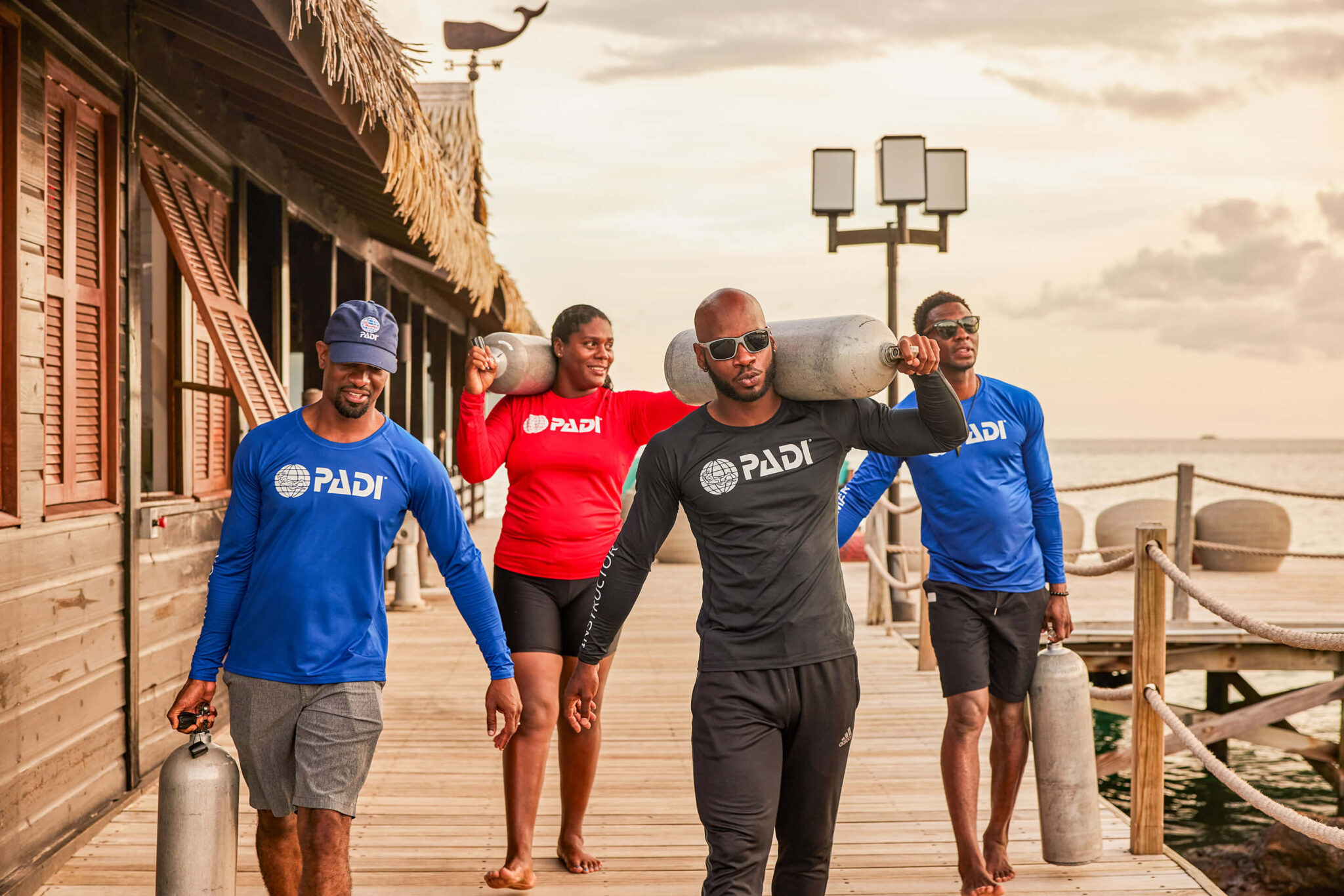
Choosing to become a PADI Pro comes with a world of possibilities. Not only does it make you more employable, but you’ll also have access to the latest training updates and marketing tools.
6. PADI Club
PADI Club is the world’s largest community of ocean lovers. Through the club, scuba divers, freedivers and mermaids enjoy discounts on eLearning, certification cards and more. Plus, they gain exclusive access to Club trips, a subscription to Scuba Diving magazine and partner benefits.
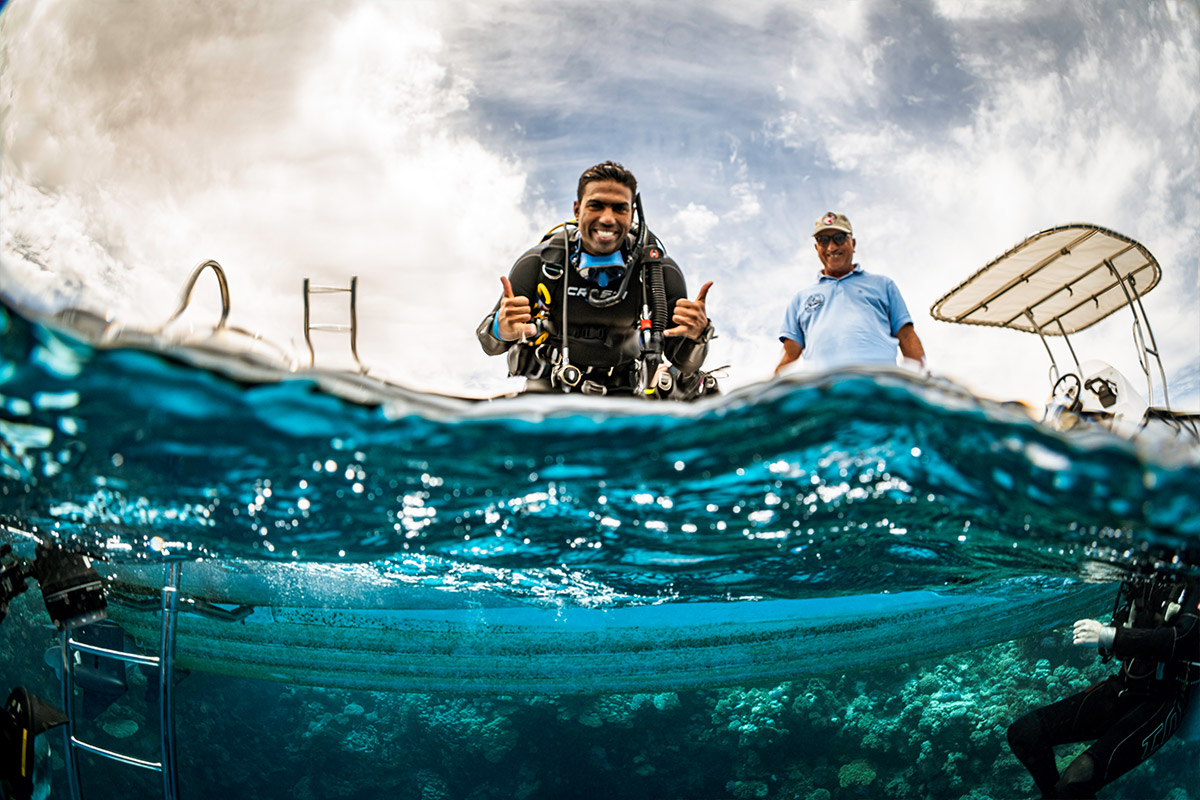
This paid annual membership is just one more way PADI represents the global community of scuba divers.
Frequently Asked Questions (FAQs) About PADI
Still have questions about PADI? Find the answers below.
What Is PADI’s Mission and Vision?
- Mission: Create a billion Torchbearers to explore and protect the ocean.
- Vision: Achieve balance between humanity and ocean.
How Hard Is It To Get a PADI Scuba Certification?
Thanks to PADI’s fun teaching method, almost anybody (above eight years old and in reasonably good health) can learn to scuba dive and earn a scuba certification.
Is It Worth It To Get Scuba Certified?
Yes! Scuba diving is for anyone who loves nature, colorful and unique marine life, and the thrill of adventure. No matter how many times you dive, you’ll always be amazed by the beauty and mystery of the world beneath the waves.
Why Choose PADI?
PADI has been around for over 50 years, and its teaching materials have been perfected to make learning to scuba dive simple and fun. To date, PADI has certified over 30 million divers worldwide.
Can You Dive Without a PADI Open Water Diver Certification?
Yes. You can choose the PADI Discover Scuba® Diving experience. This is not a certification but rather an opportunity for beginners to try scuba diving under the supervision of a PADI Professional.
What Are the PADI Certification Levels?
The certification levels go from beginner to professional. As you gain experience and develop your interests, you can enroll in specialty courses, continuing education courses, and professional courses. For more info, check out this article on all the PADI courses and the dive courses flowchart.
What Does PADI Mean to You?
It’s amazing how scuba diving, freediving and mermaiding can transform your life. Millions of PADI Divers can happily vouch for that.
But let’s be clear – beyond the joy and thrill of diving, there is also an environmental and social responsibility towards protecting our oceans and its marine life. Or as PADI says: Seek Adventure. Save the Ocean.
These responsibilities do not fall only on the shoulders of divers (but we are in a privileged position to see what goes on beneath the surface). By promoting sustainable dive habits, we can continue to inspire others with our actions.
It’s simply a question of information and readiness to take action.
Head to our blog for more diving, traveling, and sustainability tips, news, and events.
